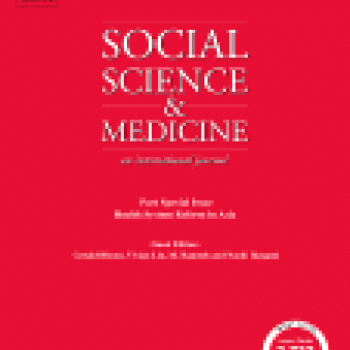
Recent research has demonstrated some growth recovery among children stunted in infancy. Less is known about key age ranges for such growth recovery, and what factors are correlates with this growth. This study characterized child growth up to age 1 year, and from ages 1 to 5 and 5 to 8 years controlling for initial height-for-age z-score (HAZ), and identified key distal household and community factors associated with these growth measures using longitudinal data on 7,266 children in the Young Lives (YL) study in Ethiopia, India, Peru and Vietnam. HAZ at about age 1 year and age in months predicted much of the variation in HAZ at age 5 years, but 40 to 71% was not predicted. Similarly, HAZ at age 5 years and age in months did not predict 26 to 47% of variation in HAZ at 8 years. Multiple regression analysis suggests that parental schooling, consumption, and mothers' height are key correlates of HAZ at about age 1 and also are associated with unpredicted change in HAZ from ages 1 to 5 and 5 to 8 years, given initial HAZ. These results underline the importance of a child's starting point in infancy in determining his or her growth, point to key distal household and community factors that may determine early growth in early life and subsequent growth recovery and growth failure, and indicate that these factors vary some by country, urban/rural designation, and child sex.
Keywords: Child growth, child growth recovery, child growth faltering, household and community factors, Ethiopia, India, Peru, Vietnam
The final published version of the article is available on the journal website.

Recent research has demonstrated some growth recovery among children stunted in infancy. Less is known about key age ranges for such growth recovery, and what factors are correlates with this growth. This study characterized child growth up to age 1 year, and from ages 1 to 5 and 5 to 8 years controlling for initial height-for-age z-score (HAZ), and identified key distal household and community factors associated with these growth measures using longitudinal data on 7,266 children in the Young Lives (YL) study in Ethiopia, India, Peru and Vietnam. HAZ at about age 1 year and age in months predicted much of the variation in HAZ at age 5 years, but 40 to 71% was not predicted. Similarly, HAZ at age 5 years and age in months did not predict 26 to 47% of variation in HAZ at 8 years. Multiple regression analysis suggests that parental schooling, consumption, and mothers' height are key correlates of HAZ at about age 1 and also are associated with unpredicted change in HAZ from ages 1 to 5 and 5 to 8 years, given initial HAZ. These results underline the importance of a child's starting point in infancy in determining his or her growth, point to key distal household and community factors that may determine early growth in early life and subsequent growth recovery and growth failure, and indicate that these factors vary some by country, urban/rural designation, and child sex.
Keywords: Child growth, child growth recovery, child growth faltering, household and community factors, Ethiopia, India, Peru, Vietnam
The final published version of the article is available on the journal website.

